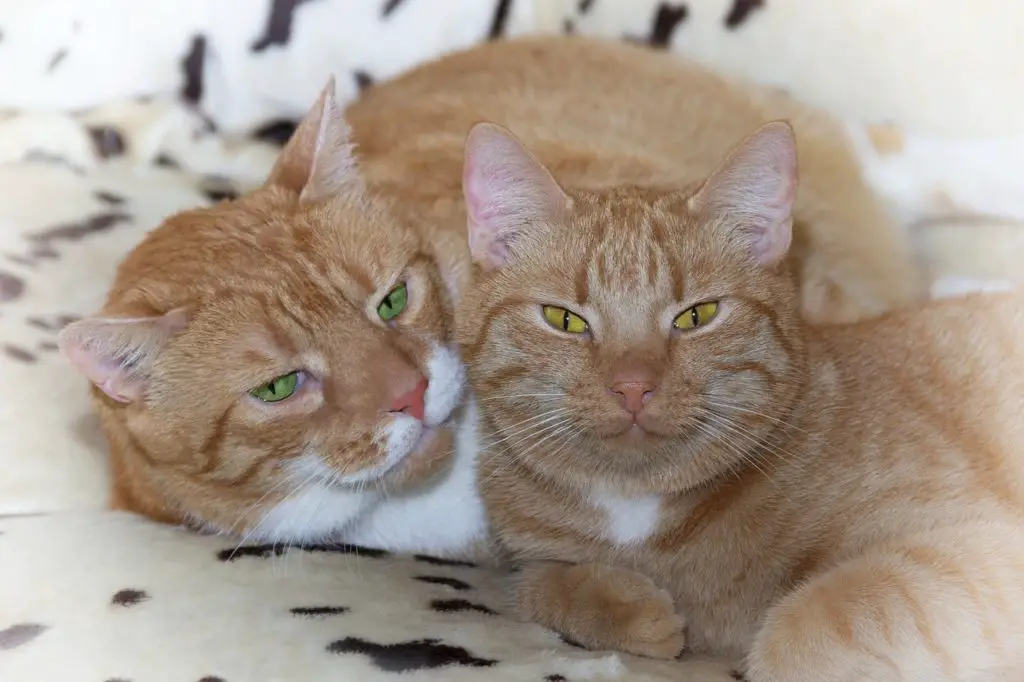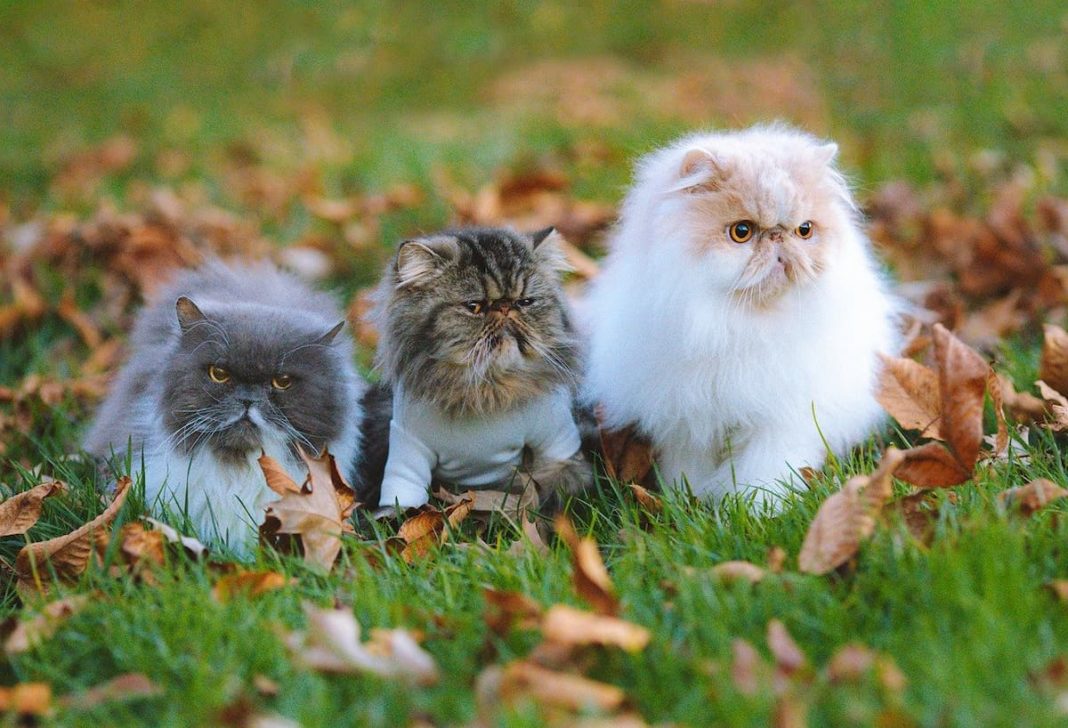Why Does Only One Of My Cats Have Fleas?
There’s at least one other creature in the world that loves your cat as much as you do — fleas. Fleas will do just about anything to spend time with your cat; they love nothing more than running their sleek little bodies through your cat’s hair, latching onto and nibbling your cat’s skin. Given the opportunity, fleas can lay upwards of 50 eggs a day.
While all cats are at risk of contracting fleas 365 days a year, some cats seem to be more of a flea magnet than others.
It appears as though a flea’s love for cats might be a little more on the conditional side, meaning when certain conditions are present, fleas are more likely to thrive.
For starters, fleas love a warm, humid environment—indoors, outdoors, as well as on your pet cat. Fleas aren’t seasonal parasites, as long as the climate meets their optimal condition of 21-30℃ and a level of humidity above 50% means they can thrive. So, if you live in areas that are warm and humid all year round, fleas will be active inside and outside, but if you live in an area that has four seasons, then fleas might be more active indoors than they are outdoors in some seasons.

Although every cat’s body gives the warmth that fleas love, not all cats provide the same level of moisture. Cats like dogs only tend to sweat through the glands on their pads on their feet, for example. Their skin is moist when they lick it or scratch it excessively, which is something that some cats are prone to do, especially when they’ve been bitten by a flea. Compared with a mosquito bite, flea bites are small and firm and very itchy. Many cats can be allergic to the saliva that a flea transmits each time they bite. This means that cats that are allergic to flea bites will tend to lick, scratch and bite themselves more than other cats. When a cat tries to relieve the itch that’s caused by flea bites, it creates conditions that are perfect for more fleas to feed.
Adult fleas like to hide in dark places on cats, while flea larvae prefer darker hiding areas throughout the home.
It’s easier to spot small, dark fleas on a cat that has a white or sable coat compared to a cat that has a dark brown or black coat. Fleas tend to land on a cat and then almost immediately dive from the coat down to the skin, where they will feed and lay eggs. Cats that have longer coats provide the perfect cover for fleas to run around on the cat’s skin, hidden underneath all the fur, making themselves at home. It’s important to remember that fleas will latch onto any cat, though. Sometimes the features of a cat will provide just enough dark spaces, like under the legs, neck, ears, and tail, where the light doesn’t reach as much.
Finally, some fleas prefer some cats more than others. It’s true—in the same way that some people will attract mosquitos more than others, some cats tend to attract more fleas than others. You can probably admit that there’s a reason you fell in love with your cat—maybe it was the way it jumped onto your lap when you first met or the way it curled its tail around your leg the first time you said hello—chances are it was love at first sight, right? Well, in the case of fleas, they’re blindly attracted to three things: heat, carbon dioxide and vibration. They’ll hop onto a cat in a heartbeat. When it comes to protecting your cat from giving fleas the perfect place to call home, it’s important to make sure that you choose flea protection that lasts long enough to eliminate the young fleas’ life stages in your carpets and furniture. It can take upwards of 3 months of effective continuous treatment to drive the fleas in your house to extinction.
Treating Fleas On cats
Although there’re plenty of flea treatments available, not all of them will be suitable for your cat. Your vet will be able to help with this, as they’re familiar with your cat’s medical history, so ask them to recommend a treatment that’s right for them. It’s not recommended to use a treatment that’s not been recommended by your vet. In the best-case scenario, it will be ineffective. At worst, it might make your cat feel even worse. However, it is one thing to treat your cat for fleas. The bigger, more important task is to rid your home of fleas. Remember – fleas will often live for months without a host, and it’s estimated that 95% of flea eggs, larvae, and pupae live in the environment. So, if you treat your cat without addressing the rest of your house, then don’t be surprised when the problem returns in a month or two.
Treat Your Home For Fleas
Hoovering Helps A Lot!
You should regularly hoover your floors, furniture, and your skirting boards which helps to eliminate fleas at every stage of their life cycle. Make sure to dispose of your vacuum cleaner’s dust bag when you’re done. A vet will be able to recommend good flea treatments for your home as well as for your cat. This treatment will usually be in the form of a spray that will be applied to the various parts of your home where fleas may lurk. As these types of treatments can be mildly toxic for cats, you should only treat your house one room at a time. After the treatment has been applied, open the windows, close the door, and make sure your cat can’t enter the treated room for at least an hour.
You should also make a point of regularly washing your bedding, as well as any surfaces your cat sleeps on. By keeping on top of things as much as possible, your flea problem should never spiral out of hand.
How Much Of A Risk Do Fleas Pose To Cats?
When a flea problem is allowed to escalate, things can quickly become out of hand – and not just for your cat. Although all cats are irritated by fleas, some cats are so hypersensitive to flea saliva that they can suffer an allergic reaction. If an allergic reaction is untreated, this can pose some serious health risks.








